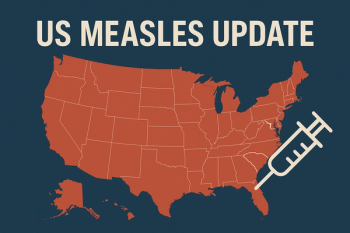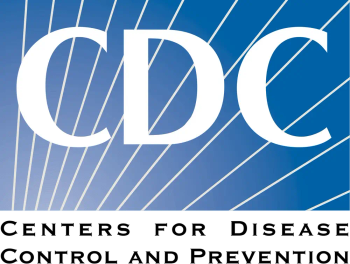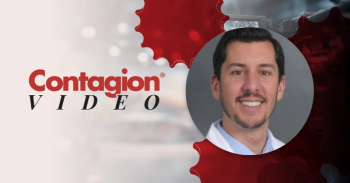
California Set On "Getting to Zero" When it Comes to HIV
California health officials’ “Getting to Zero” plan aims to dramatically cut the number of HIV cases in California through increased surveillance, access to care, and treatment.
In response to the HIV epidemic in California, the state’s Department of Public Health (CDPH) and the Office of AIDS (OA) teamed up with other local health jurisdictions and the like in 2013 to compose an Integrated HIV Surveillance, Prevention, and Care Plan, one that is based on the framework of the National HIV/AIDS Strategy (NHAS) that had been released only three years before it. Now, California health officials update their Integrated Plan to reflect their overall goal of “
California health officials believe that there are three main factors that should be considered before this new vision can be realized: improving HIV surveillance through increased testing, preventing new infections through transmission, and providing people who are living with HIV (PLWH) with effective care and treatment options.
According to their revised plan, “Getting to Zero…means getting to a time when there are: Zero New HIV infections; Zero AIDS-related deaths; and Zero Stigma and Discrimination Against PLWH.”
Karen Smith, MD, MPH, director of the California Department of Public Health, said in a
Despite how ambitious the goal to zero appears to be, healthcare officials believe that it is attainable. Hyman Scott, MD, a researcher and clinician with Bridge HIV at the San Francisco Department of Public Health noted in a press release that if disparities in HIV treatment among race, ethnicity, and age are not taken into account, however, the goal will not be reached.
According to the Executive Summary of the
African American and Latino immigrants not only have higher HIV prevalence rates, but they also have lower testing rates, according to the press release. Oftentimes, individuals who are infected with HIV are unaware of their status, particularly if they are not routinely tested. Therefore, increasing the number of individuals who receive routine HIV testing is an essential aspect to reaching the intended goal that 95% of PLWH actually receive their diagnosis.
According to Dr. Scott, “We want people to be aware of their HIV status so they can access care and treatments that are really life-saving…If somebody is engaged in treatment and has a suppressed viral load, then the risk of onward transmission is negligible.”
The California Needs Assessment for HIV summary states that the 26.2 to 28.3 million California residents should be tested for HIV at least once in their lifetime. However, under 41% of California residents have actually gone for testing. Routine testing is even more important for those who are at higher
Healthcare officials hope that with routine testing, infected individuals will be aware of their status and will, thus, seek treatment as early as the same day as their diagnosis. The “Getting to Zero” plan seeks to be that link between infected individuals and the healthcare system by linking infected individuals with healthcare providers within a 72-hour timeframe.
In addition to routine testing, the goal entails increasing the use of pre-exposure prophylaxis, or PrEP. According to the Centers for Disease Control and Prevention,
According to Dr. Scott, “PrEP is a game-changer that can really transform our HIV prevention strategies in California and across the nation.”
The OA and the California Department of Health Care Services currently have a budget of approximately $994 million dollars for 2016-2017 to go towards HIV-related services. Through a combination of “federal, state, and local” dollars, this plan would “utilize existing state resources,” with no additional cost. With this plan, California healthcare officials hope to make “getting to zero” not only probable, but possible, which can ultimately save a number of lives in the process.
Newsletter
Stay ahead of emerging infectious disease threats with expert insights and breaking research. Subscribe now to get updates delivered straight to your inbox.



















































































































































































































































































